Uzbek Article
What does Trump's order mean for US veterans serving at the Karshi-Khanabad military base?
By Zabihullo Saipov Candidate of Political Science, Independent Researcher
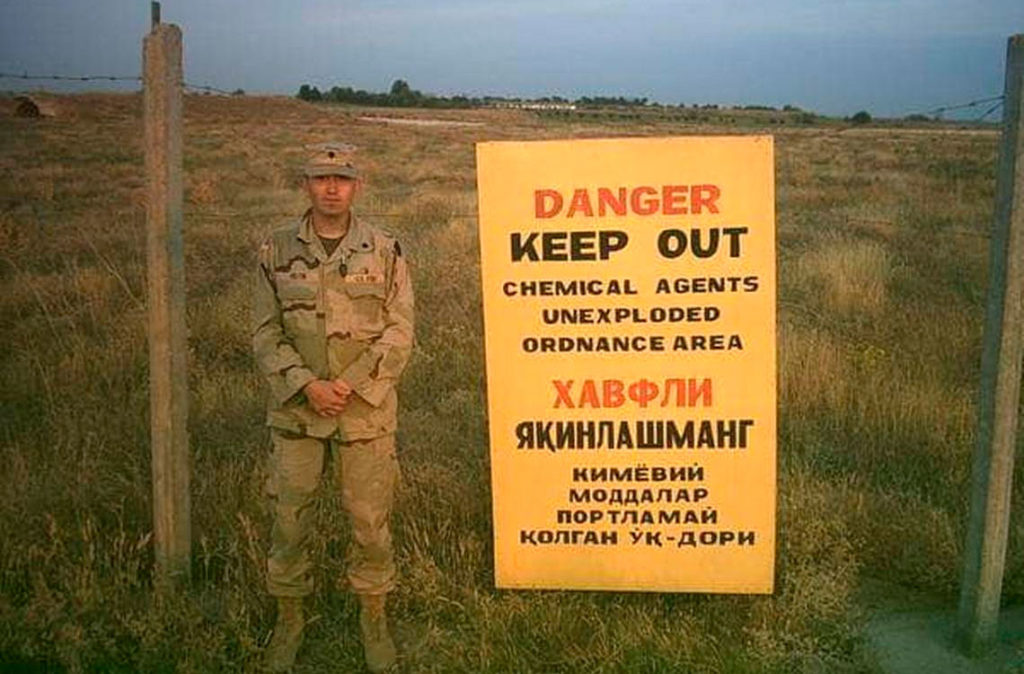
Between 2001 and 2005, Uzbekistan contracted 75 percent of the 15,777 U.S. servicemen recruited from the air, water, and land to participate in the Afghan counterterrorism campaign, or 11,832, for cancer and other diseases. What about the locals of Uzbekistan, who are naturally resilient?
On January 19, 2021, a day before Donald Trump, the 45th President of the United States, resigned, he signed a document on Uzbekistan. The decree, which was adopted as part of the president's mandate and is now in the archives, is fully titled "Guardianship of Honorary Veterans of Uzbekistan."
In it, Trump told the U.S. Department of Veterans Affairs and the Department of Defense that the U.S. Department of Defense, Department of Defense, and the Department of Defense are participating in the U.S. military's combat operation at Karshi-Khanabad airfield. is tasked with reviewing compliance.
The report also summarizes the findings of a survey conducted by the U.S. Department of Defense on the toxic effects of mobilized members of the U.S. Armed Forces in Uzbekistan. offer the president The verb is assigned.
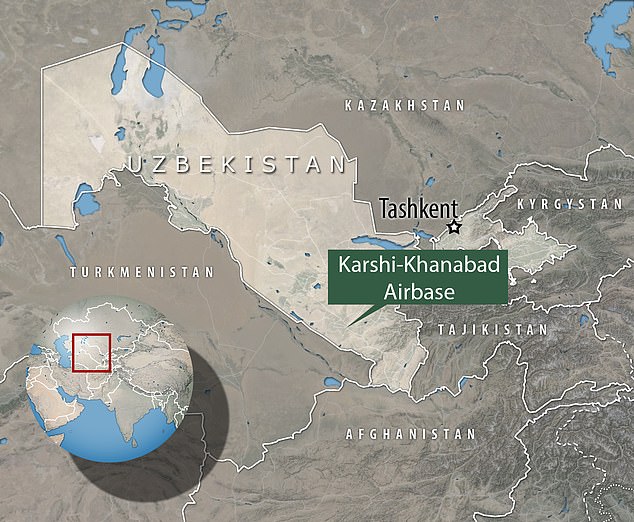
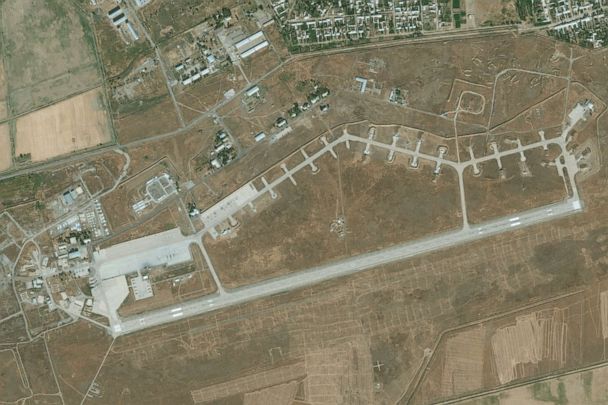
The study report should cover the following two main aspects:
1) Detailed assessment of the conditions at the airbase for the period from October 1, 2001, to December 31, 2005, including the detection of any toxic substances that pollute the airbase during this period, the exact location of the toxic substances, and their effects, exposure, exposure, to study the situation of servicemen and their victims.
2) A thorough epidemiological study of the effects of damage to health in the period in question, with the aim of scientifically determining whether military service and its environment are the cause or cause of the diagnosis of suspected diseases.
For information, the Karshi-Khanabad military infrastructure, which the Americans call K-2 ("key-tu"), was given to the Washington-led international coalition forces to carry out counterterrorism operations in Afghanistan after the events of September 11, 2001.
Even President George W. Bush rushes to visit US Secretary of Defense Donald Rumsfeld on October 5, 2001, two days before the launch of Operation Enduring Freedom.
The aerodrome, which until recently was unknown to Uzbeks, was opened in 1954 and was actively used during the post-Korean War (1950-1954) and Soviet-Afghan (1979-1989) military operations.
So what opportunity did Donald Trump have to take care of the K-2 veterans as he left behind a country fragmented by political views and civic positions? In fact, this issue has been cooking for a long time.
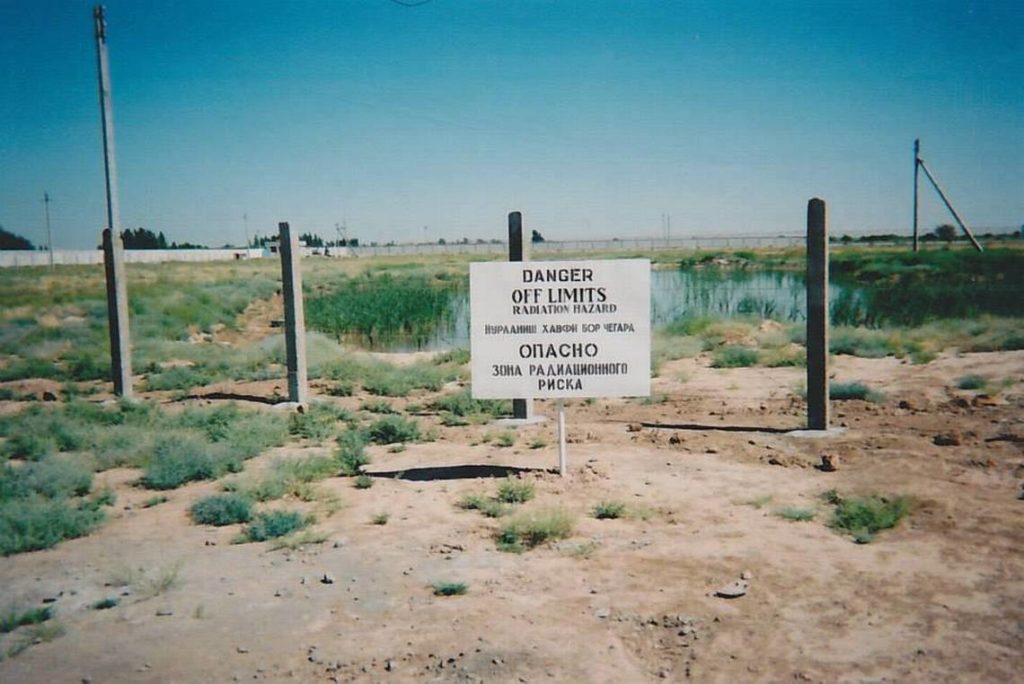
For the first time, at least 61 men and women in the U.S. military have been diagnosed with the mysterious cancer of the Uzbek land, water, and air, which was published in the influential McClatchy publication in Washington in December 2019.
The article points out that due to the secrecy of the mission, the special services were not included in the statistics, which could have been more serious. It also said that in order not to delay operations in Afghanistan, a military camp in the form of tents for sleeping, eating, bathing, and working had been built on the poisoned ground.
The Pentagon described the area as an endangered area, including an arms depot that exploded in 1993, a 1-3-meter-high black mudslide, abandoned ditches, and the maintenance of aircraft in a state of disrepair. There was also a pond. The last object was filmed in 1987 US reconnaissance cartographic images. Also, as a result of the unification of Soviet arsenals, there was a small amount of contaminated land enriched with asbestos and low-activity radioactive uranium.
The site was widened over time, new soil and gravel were added to the land and steam levels that were considered hazardous, and it took eight months to clear the area. But the soldiers felt like they were lying in an aquarium on wheels. Depending on the season, the dusty hailstones flooded the military town when it rained, and the radiation was underground.
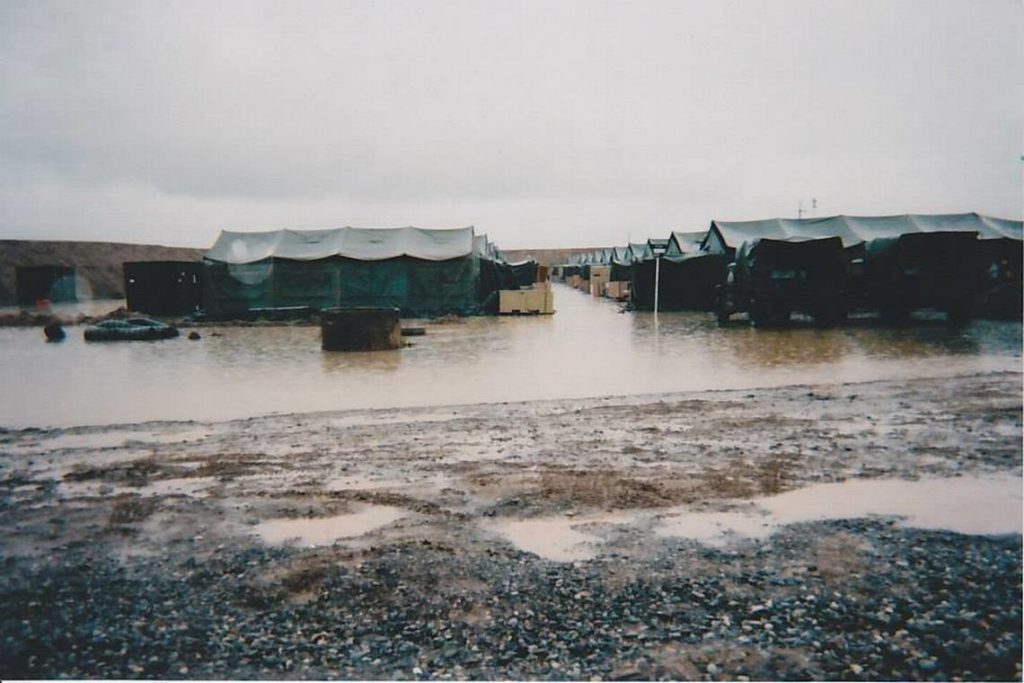
As early as October 2001, the Pentagon was informed that what surprised the K-2 veterans was that Karshi-Khonabad was a radiation-laden area. The Uzbek Central Command conducted an inspection to assess the base's threats after the Uzbek workers who were preparing for the US invasion of the town fell ill one by one. , noted.
Another document quipped, "Calling this place a dump would be an insult to the landfills." In addition, the abandoned hangar of the Soviet-era base, which was riddled with American money, began to clear thousands of venomous snakes that had died and was later turned into a massive military-humanitarian point.
However, Captain Ken Richards, who was deployed to K-2 in 2002 and was diagnosed with kidney cancer in 2009, said the United States at the time had fewer opportunities to respond quickly to 9/11. One of the good reasons given by the Uzbek side is that there has never been a security problem.
The McClatchy investigation also focuses on the fate of Senior Sergeant Jeffrey Skinner, who died of cancer after failing to file documents for treatment. He may have requested archival documents from the Ministry of Defense to receive medical benefits from the Ministry of Veterans for treatment and to convince them that their service was harmful. But his appeals went unanswered and unresolved, and he will die in 2017.
The growing ranks of veterans are opening a closed group on Facebook called "K-2 Karshi-Khonobod Uzbekistan Radiation and Toxic Radiation" in order to stay in touch and organize information. It currently has 4,700 members. Activists are launching the "Fortress of Freedom" fund, named after their military units. According to him, the base always had at least 1,300 servicemen, from 2001 to 2005. In the meantime, between 10,100 and 15,777 U.S. troops rotated.
Paul Weidner, who later testified in the US Congress as a witness to cancer and runs the Facebook group, said in an interview with McClatchy that there were some soldiers who did not want to join the Facebook group. According to him, "he did not go to the funeral because their number was too high."
Carolyn Meloni, chairwoman of the U.S. Congressional Control and Reform Committee, and Steven Lynch, chair of the National Security Committee, will launch their inquiries in January 2020. survey. However, no department provides information during this time.
The congressmen will hold a hearing on February 27, 2020, with the participation of servicemen who returned from service in Honabad, who were diagnosed with cancer and are currently unable to receive adequate medical care. Senior Sergeant Paul Weidner said he had been in Uzbekistan five times between 2001 and 2005 for a total of 22 months, and that 61 people had been diagnosed with cancer in December 2019. neither recommended nor given.
Legislators will send another letter to the two ministries in March urging them to expedite a response, citing the plight of veterans. In April, the Ministry of Veterans announced that it had launched a K-2 information page on its website and was investigating the matter. So far, the only science-based source, in an article published in the U.S. Armed Forces Medical Journal in 2015, said K-2 servicemen are 5.6 times more likely to develop various cancers than those who served in South Korea. About 20 of the cancers listed in the table (p. 72) are leukemia, lymphogranulomatosis, etc., caused by the victims of the "Orange" reagent used in the Vietnam War. suffered from similar diseases.
More than 10 multi-page closed documents of the Ministry of Defense will be issued only in 2020. will be announced to the public for the first time in the spring. In fact, it is the first time that military personnel have been exposed to an environment prone to radiation and toxic poisoning.
The Congress will now hold its second hearing on November 18, 2020, with the participation of officials from both ministries. At the meeting, a Defense Ministry spokesman confirmed the latest estimates put the number at 15,777. Those were the days when the Uzbek delegation was in the United States that week.
Hundreds of thousands of servicemen have been denied access to the K-2 due to unfavorable climatic conditions, and thousands have been denied access to timely medical care. This is one of the few documents that both Republicans and Democrats in the United States can agree on from time to time. In support of this idea, the Toxic Influence (TEAM) consortium, which unites more than 20 honorary military organizations, will send a joint letter to both congressmen and senators.
The US National Defense Budget for 2021, which will be tightly controlled in December, includes a detailed study in the text of President Trump's decree, which will only hurt the country, including Uzbekistan and Afghanistan. added.
In general, according to an analytical article published in the Rand Center, Karshi-Khanabad was certainly not the first choice of the United States. But Uzbekistan has made it clear that it will not allow any military personnel to be present at its civilian ports. 2005 The Uzbek side sent a diplomatic note to the US Embassy in Tashkent asking Americans in Khanabad to leave the country within 180 days. At the time, Germany was also taking advantage of the military capabilities in Termez, but for some reason the German side was not required to do so. The main reason for this is that 450 Uzbeks who fled to Kyrgyzstan after the Andijan events were flown to Romania by the United States on a special flight. Washington is also suspending the planned rent for the use of the facility.
This is not the first time that the Soviet government has buried unarmed weapons in the world, even after the disintegration, and environmental issues were not on the agenda at all. During World War II, a military biochemical test site was relocated to Vozrozhdenie, an island in the Aral Sea that has become a refuge for Kazakhstan and Uzbekistan, now the Aral Sea. Abandoned remains were buried in 1992 and are now the world's largest Siberian plague cemetery.
In 1995, after Russia refused to provide information to Uzbekistan about what chemical and biological weapons had been tested and buried on the island, Tashkent signed a cooperation agreement with the United States to neutralize the dangerous site. According to American biologists who wear special clothes like astronauts, "the virus is still alive and it is very expensive to completely disinfect it." Experiments with the well-known "Novice" reagent were also reported in the press in the 1980s, in part in a laboratory in Nukus.
